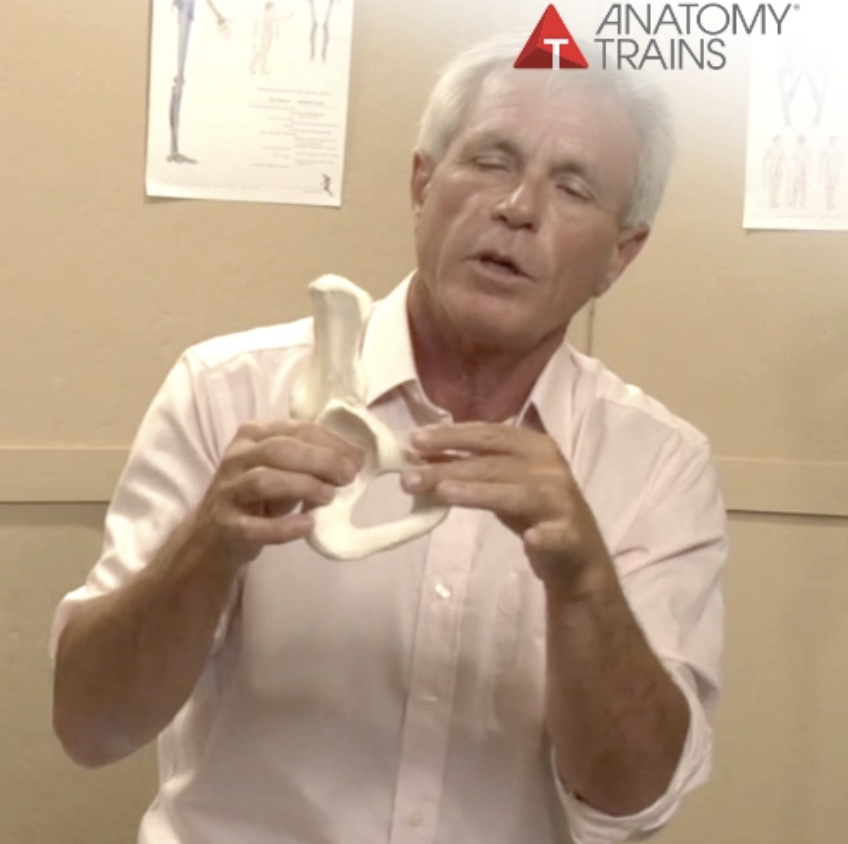- All
- Favorite
- Popular
- Most rated
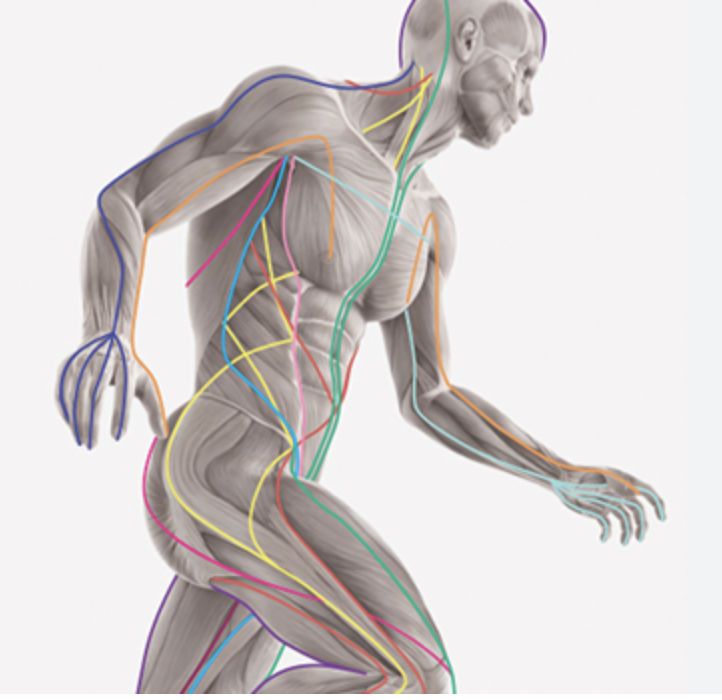
The Deep Front Line and the New Concept of Central Force and the New Concept of Central Force – Tom Myers
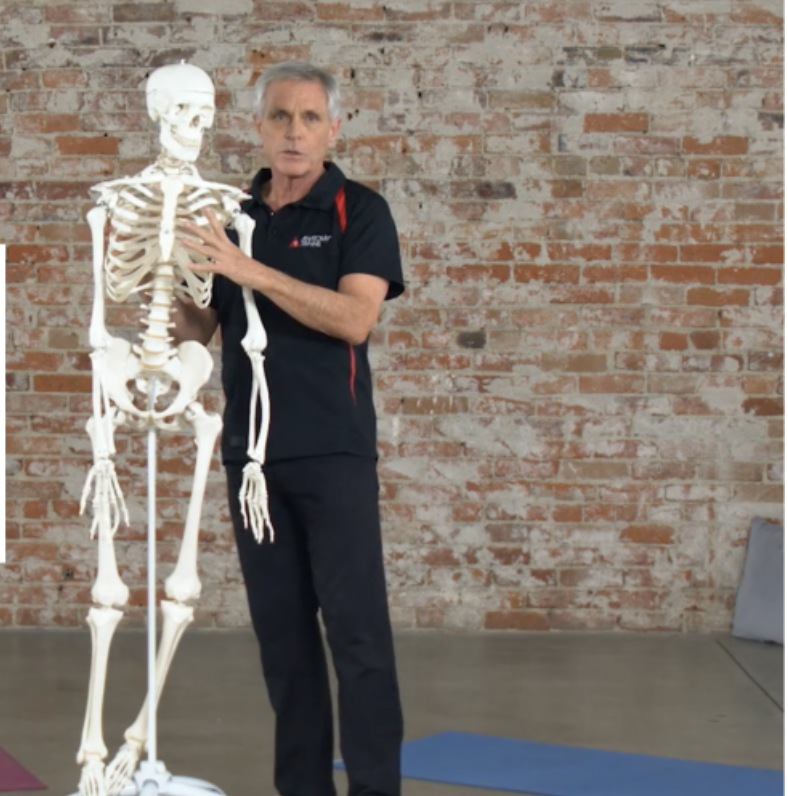
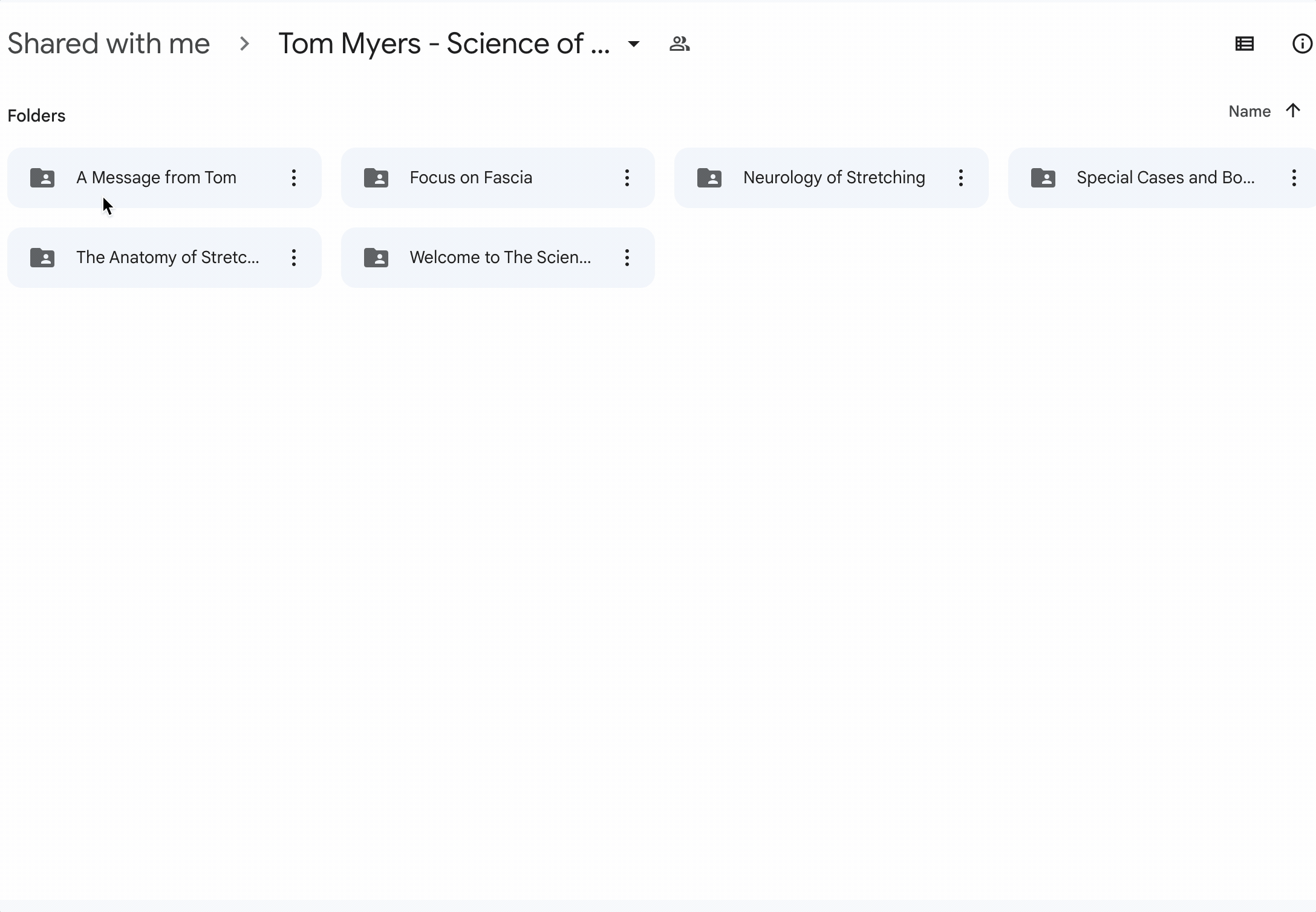
The Science of Stretch – Tom Myers
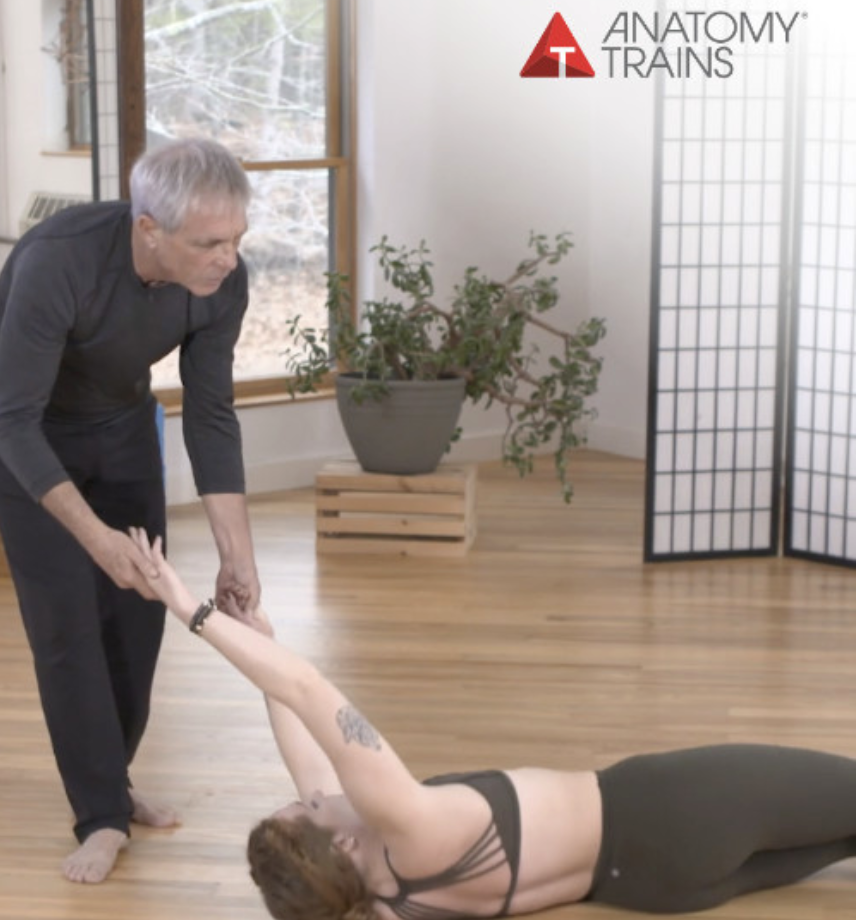
Spiraling into Alignment – Tom Myers
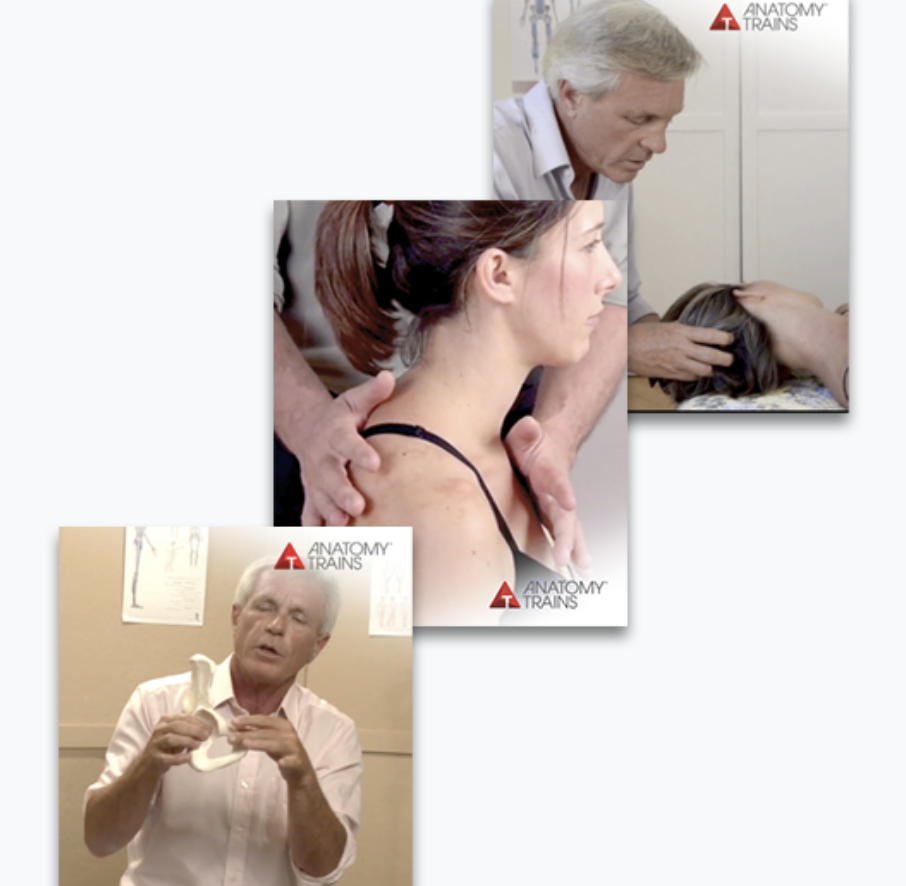

The Pelvis, Neck and Breath Bundle – Anatomy Trains
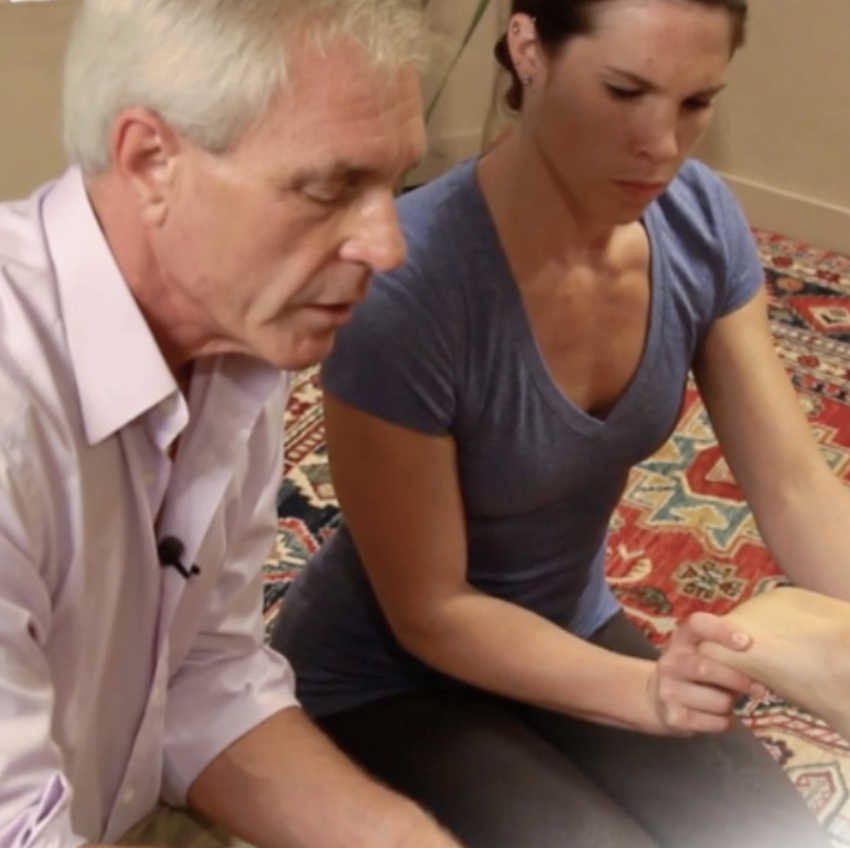

Feeling Your Way Through the Lines – Anatomy Trains
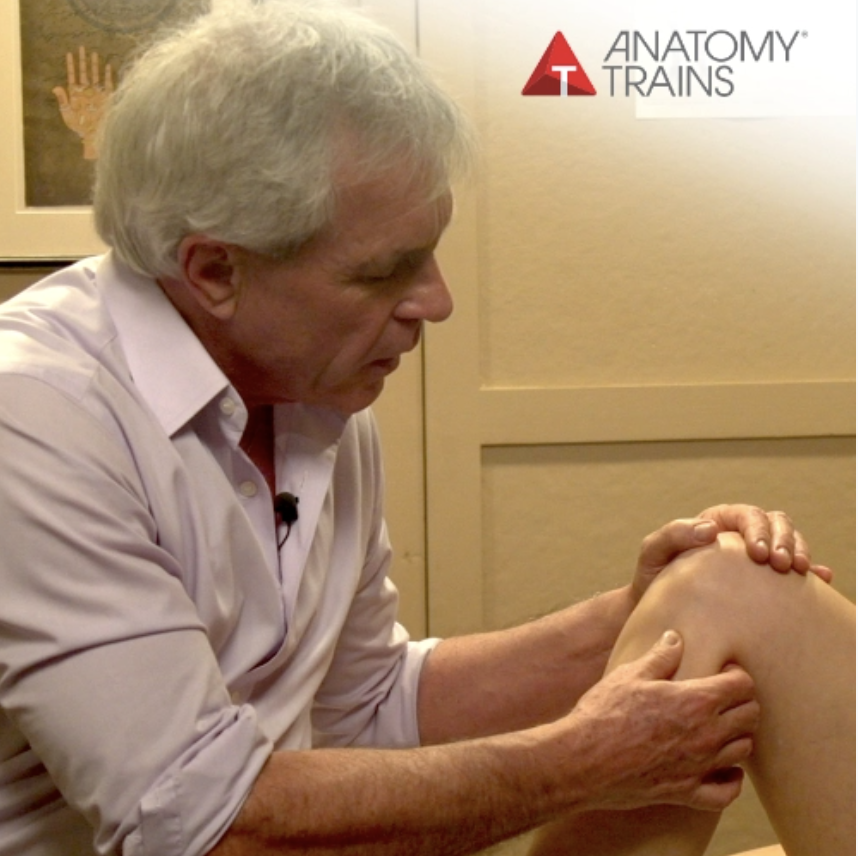
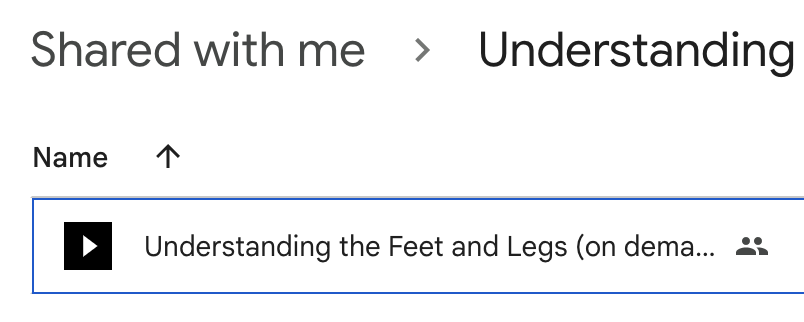
Understanding Feet and Legs – Anatomy Trains – Tom Myers

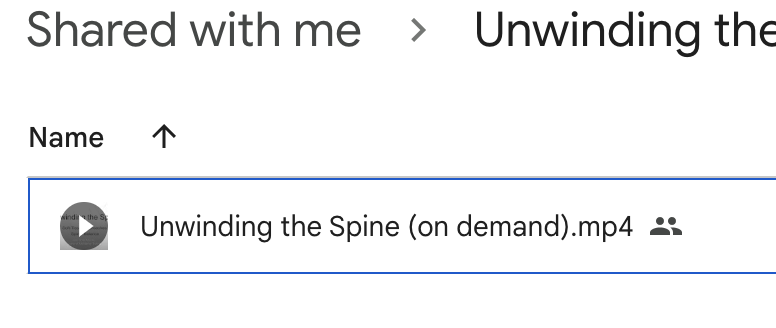
Unwinding the Spine – Anatomy Trains – Tom Myers



